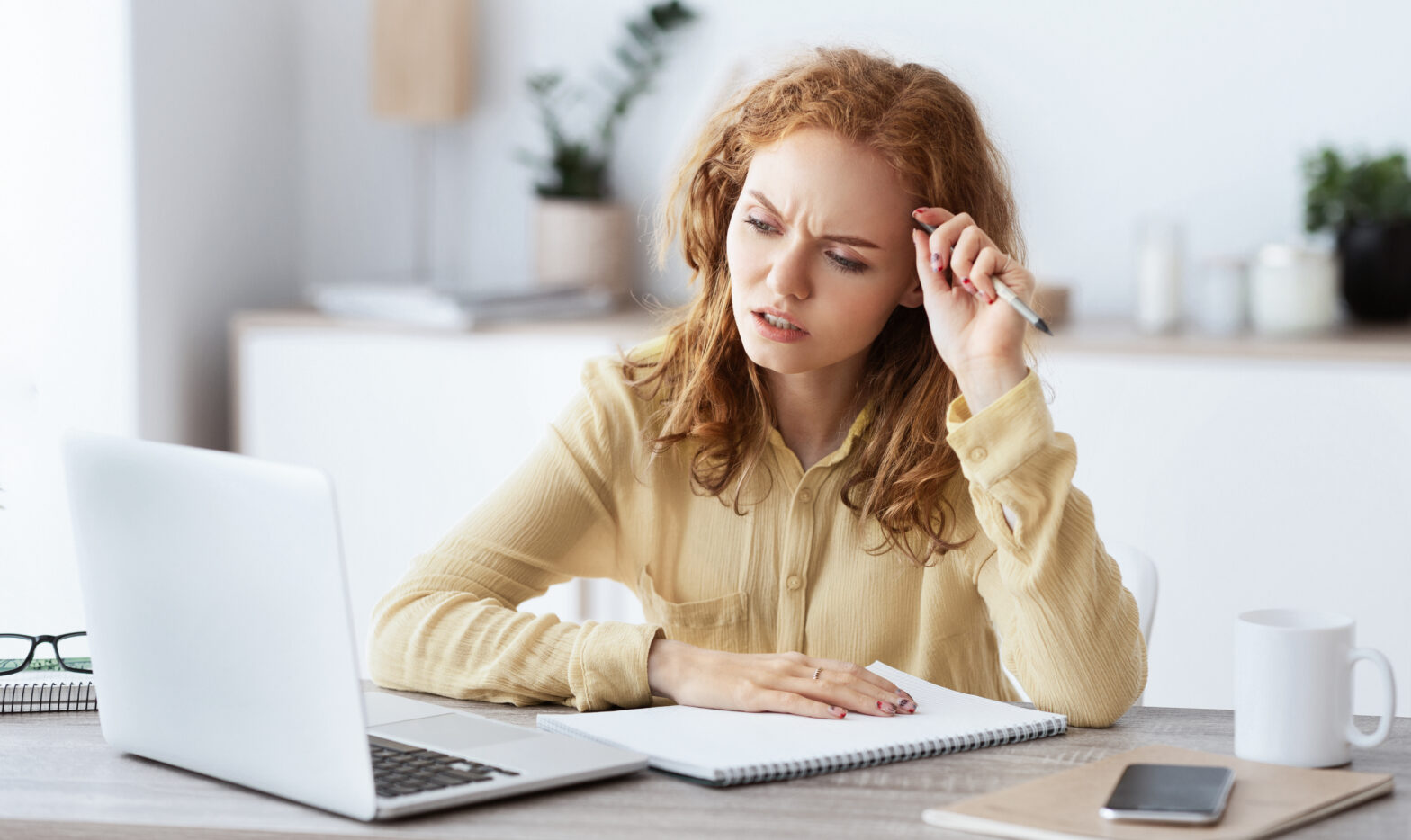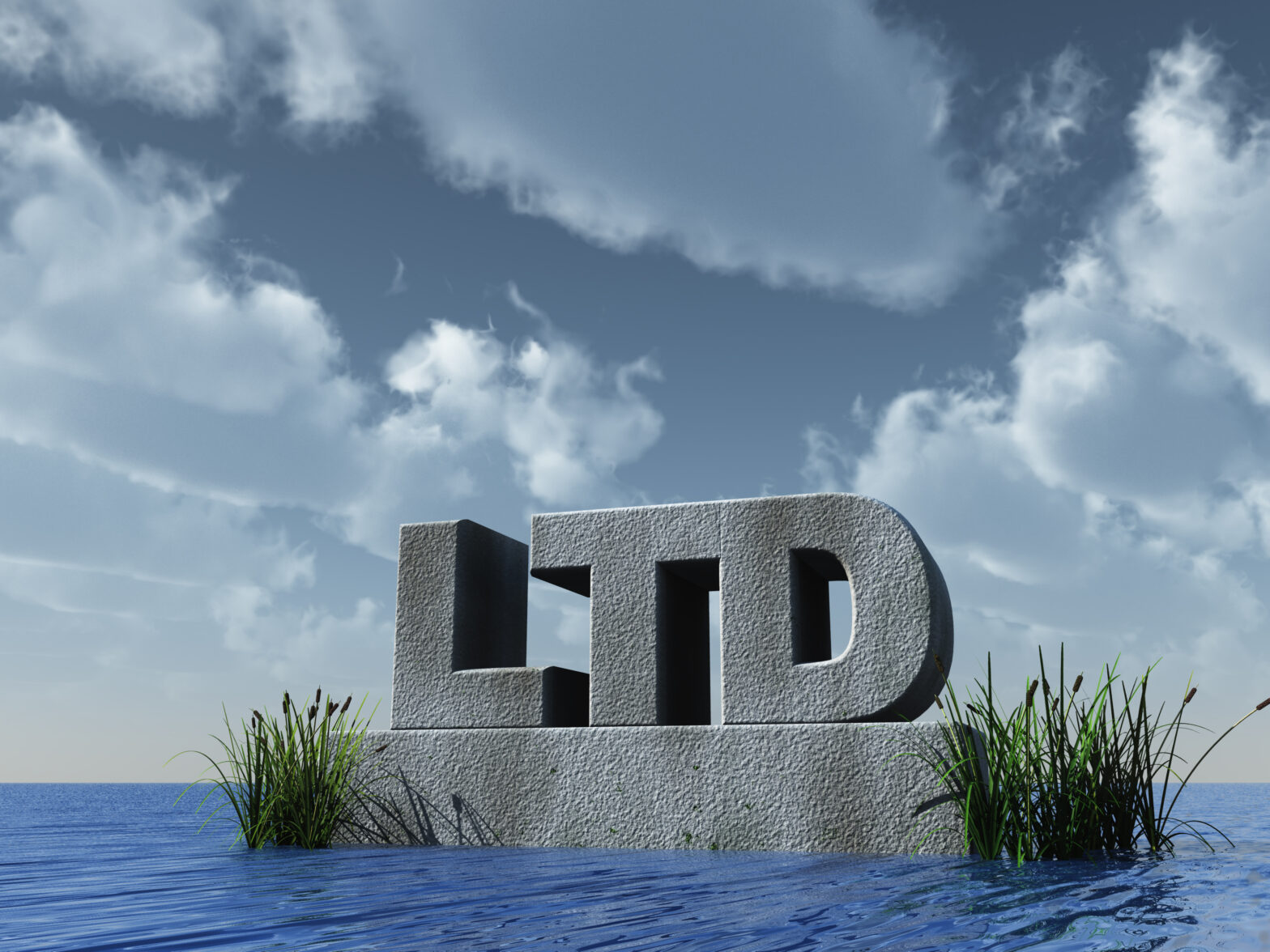Here are six key steps to success that will ensure your new sole trader business starts off on the best footing.
Legal structure
A sole trader is a business owned by one person, where they and their business are legally the same entity. According to the Department for Business, Enterprise and Regulatory Reform, there are as many as three million sole traders in the UK, which represents 64 per cent of all private sector enterprises – making it the most popular form of business in the UK.
Apart from being the simplest way of setting up and testing your market, another big benefit is getting to keep all your profits after tax. But the risks can be high, as you are personally responsible for any liabilities incurred by the business.
Also see: Should I go sole trader, partnership or limited company?
What’s in a name?
When deciding what to call your business, you need to make sure it has not already been chosen by someone operating in the same sector. Otherwise, you might be sued for passing off their brand as your own. Checking on the web and in the phone book first is a good way to avoid future legal altercations. Also, if you are planning to turn your business into a limited company, check the name has not already been registered at Companies House – as you may lose your branding by having to change what you are called further down the line.
Related articles on company names
Does registering my company name give me trade mark protection?
Buying a company name before starting up
How to choose a great name for your new business
Declare your status
Once you begin trading the first thing you will need to do is register as self-employed with HMRC. If you fail to do so within the first three months you will be fined £100.
Records and accounts
Because you are self-employed, you will have to complete a yearly self-assessment tax return. To help you do this you will need to keep a careful record of all your invoices and receipts. It is also a good idea to set up a business bank account in order to keep all your incoming and outgoings separate from your personal account.
The amount of tax you will pay will depend on the amount you earn, ranging from ten to 40 per cent. National Insurance contributions are at a fixed rate under class two and four. For more information visit HM Revenue & Customs.
Related articles on Self Employed Tax
- The income tax return guide for small businesses and self-employed
- It’s time for a modern tax system that works for the self-employed
- Sole traders and VAT
Contractual obligations
You will need to lay down what the terms and conditions are between you and your suppliers – in relation to pay and time scale, and the obligations to your clients. Tracey Seath, head of commercial and corporate finance at solicitor Birkett Long, says advice on terms and conditions is one of the first points of contact she has with sole traders. She says: ‘Making sure they meet the particular requirements of the business puts you in a good legal position right from the start.’





